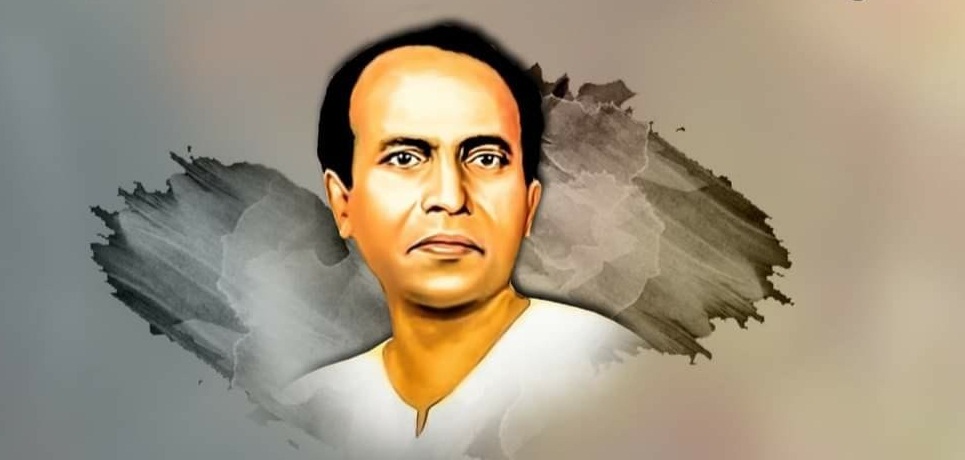Telangana’s chief minister has expressed a wish for social reformer, writer, and folk poet Anna Bhau Sathe to be recognised with the prestigious Bharat Ratna award.

What was Anna Bhau Sathe’s name?
- Anna Bhau Sathe, born Tukaram Bhaurao Sathe on August 1, 1920, in Maharashtra’s Wategaon village, rose to prominence as a writer, poet, and social activist.
- His rise from humble beginnings in a Dalit household to becoming a renowned writer and folk poet exemplifies his indomitable spirit and dedication to social improvement.
Early Years and Difficulties
- Mumbai Sathe’s family relocated to Mumbai in 1930, where he worked as a porter, hawker, and cotton mill employee, facing the trials of working-class life.
- His involvement in the 1934 workers’ strike led by the Lal Bawta Mill Workers Union marked the beginning of his involvement in labour and social issues.
- Learning to Read and Write: After being denied schooling because of his Dalit origin, Sathe joined labour study circles and learned to read and write.
Evolution as a Writer
- Early Poetry: His first poem, on the threat of mosquitoes at the labour camp, lay the groundwork for his subsequent artistic endeavours.
- Sathe founded the Dalit Yuvak Sangh, a cultural group that wrote poems about workers’ rallies and agitations.
- Progressive Writers’ Influence: The national foundation of the Progressive Writers Association, with writers such as Premchand and Faiz Ahmad Faiz, exposed him to translated Russian works, prompting him to compose plays, stories, and novels.
Broad-Reaching Impact of His Work Raising Awareness:
- Sathe travelled across Mumbai with his group, raising awareness about workers’ rights and societal issues.
- Over the course of his 49-year career, he wrote 32 novels, 13 collections of short stories, four plays, a travelogue, and 11 ballads (povadas).
- Several of his novels have been turned into films, while others have been translated into other languages, including Russian. His play “Bangalchi Hak” was performed at the Royal Theatre in London.
- Depiction of Social Realities: During his lifetime, Sathe’s work dug into the caste and class realities of Indian society.
Left-leaning Ideology and Russian Connection
- Marxism influenced him, but he also showed the brutal realities of the caste system in his writing.
- Sathe created the Lal Bawta Kala Pathak in 1943, and it toured Maharashtra, performing programmes on caste atrocities, class conflict, and workers’ rights.
- Dr. Ambedkar Dedication: His most famous novel, “Fakira,” was dedicated to Dr. B.R. Ambedkar, indicating his commitment to the Dalit cause.
Inspiration from Russia
- Maxim Gorky’s Influence: Known as the “Maxim Gorky of Maharashtra,” Sathe drew inspiration for his works from Gorky’s book “The Mother” and the Russian Revolution.
- Visit to Russia: Sathe journeyed to Russia with a group of other Indians in 1961, deepening his understanding of Russian culture.
Source: https://www.thehindu.com/news/national/telangana/kcr-demands-bharat-ratna-to-social-reformer-anna-bhau-sathe/article67145999.ece
